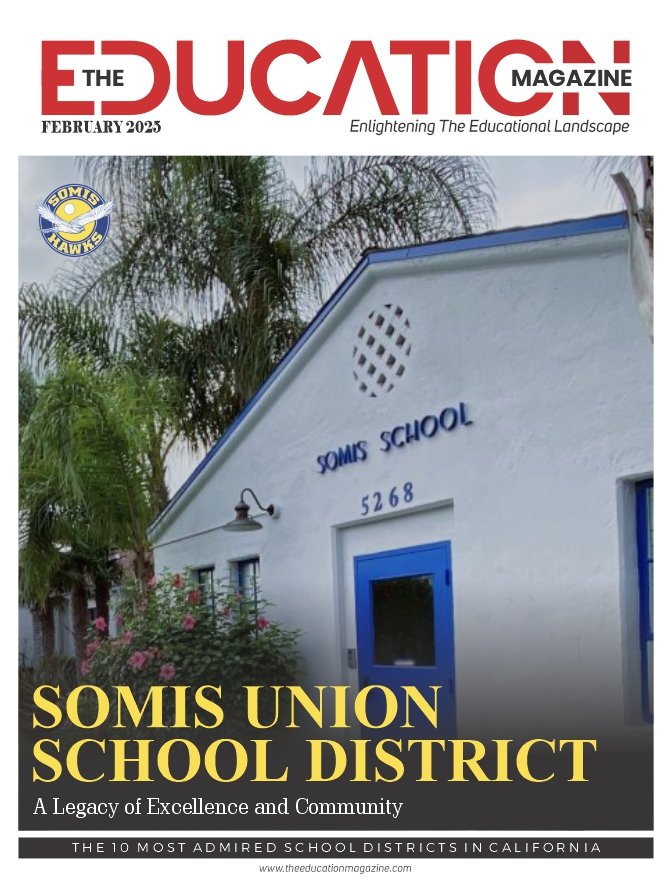Should harder-hit nations get bigger allocation before other nations’ high-priority groups?
As the pandemic continues to affect millions daily, including health-care workers, old people and those with pre-existing diseases, who would be the first to get a COVID-19 vaccine? Nations are making plans for coronavirus vaccine(s) allocations once they are proven safe and effective. Meanwhile, a strategic advisory group at the World Health Organization (WHO) came up with preliminary guidance for global vaccine allocation, prioritizing the first-deserving groups.
However, the WHO plan is still at an early stage and needs more attention before its recommendation can become actionable, other experts say. Meanwhile, The US Centers for Disease Control and Prevention (CDC) and the US National Institutes of Health (NIH) asked the US National Academies of Sciences, Engineering, and Medicine (NASEM) to develop its allocation plan. Both agencies while tapping NASEM requested that the report must address how to give vaccine priority to “populations at high risk”, including “racial and ethnic groups” in the United States.
NASEM Draft Plan
NASEM with an assembled panel used WHO’s recommendations as a draft plan to further identify groups that should be prioritized for vaccination. Experts appreciate both plans for addressing the historic scale and unique epidemiology of the coronavirus pandemic. And they commend the NASEM for including in their guidance minority racial and ethnic groups — which COVID-19 has hit hard — by addressing the socio-economic factors that put them at risk.
A Tiered Approach (NASEM)
The US National Academies of Sciences, Engineering and Medicine have proposed a five-phase plan to fairly allocate a coronavirus vaccine to US residents.
Phase 1 – Health-care workers and first respondents (5%)
Phase 2 – People with underlying conditions that put them at high risk of severe COVID-19 disease or death, and older adults in densely populated settings (10%)
Phase 3 – Essential service workers at high risk of exposure, teachers and school staff, people in homeless shelters and prisons, older adults who have not already been treated and people and people with underlying conditions that put them at moderate risk (30-35%)
Phase 4 – Young adults, children and essential service workers at increased risk of exposure (40-45%)
Phase 5 – All remaining residents (5-15%)
Percent is the percentage of the US population to receive a vaccine. Source: NASEM
The US President Donald Trump has already hinted, as most health-care experts expected, the arrival of an approved coronavirus vaccine. He has been focusing on a vaccine to be ready by November, in time for the US presidential election.
“But a perception that the vaccine has been rushed could erode people’s trust in it,” says Sandra Crouse Quinn, a behavioral scientist at the Center for Health Equity at the University of Maryland in College Park. “This could make vaccine-allocation plans less effective.”













